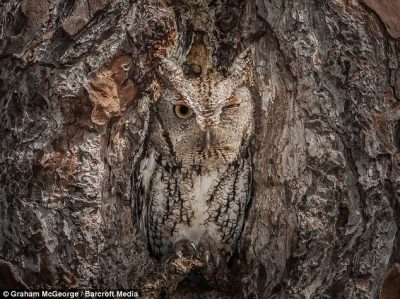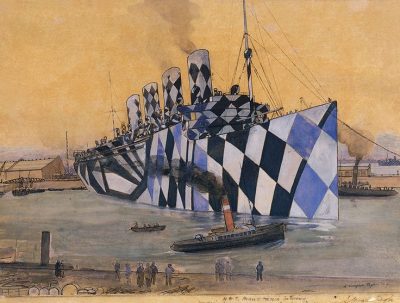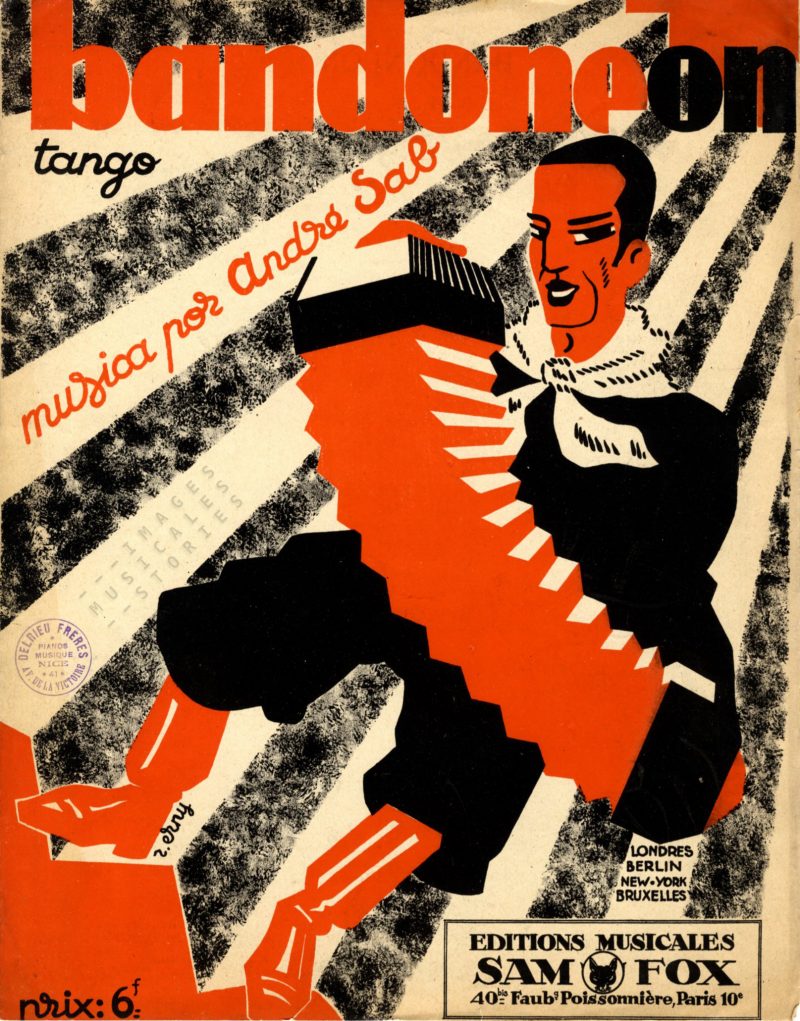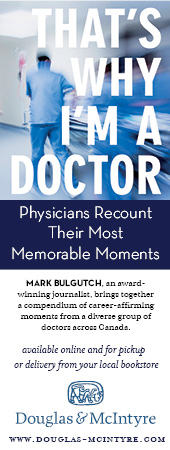#99 Opening the Oscar envelope
March 06th, 2017
REVIEW: Oscar of Between: A Memory of Identity and Ideas
by Betsy Warland
Halfmoon Bay: Caitlin Press, 2016.
$21.95 / 978-1-987915-16-7
Reviewed by Catriona Sandilands
*
In 2007, Betsy Warland took a birthday trip to London for a range of plays and events, including an exhibition on military camouflage at the Imperial War Museum and a production of Edward Albee’s play, The Lady of Dubuque, starring Maggie Smith, Peter Francis Smith, Vivienne Benesch, and others, at the Theatre Royal in Haymarket.
Reviewer Catriona Sandilands traces how these and other influences provoked Warland to examine her experience of betweenness and her own identity as a person of between – between genders, genres, homes, and jobs. — Ed.

Betsy Warland has long been associated with Simon Fraser University’s Writers’ Studio. She continues to serve as an SFU mentor.
*
In telling this story, she found her narrative position: a person of between (p. 216).
As far as prepositions go, “between” is an interesting one. Depending on the context, it can refer to the space or time separating two entities, as in “between a rock and a hard place,” but it can also refer to their connection, as in “between friends.” On the one hand, there is a sense of being caught in the midst of discrete, categorical things on each side; on the other, there is a sense of coming together in spaces of encounter to create something that is much more than the two individual entities involved.
Oscar of Between, Betsy Warland’s new work of “creative nonfiction lyric prose narrative” (as she describes it on p. 99), is a meditation on “persons of between,” including herself: persons between genders, between homes, between citizenships, between jobs, between genres.
It is also, as is Warland’s forte, a formal experiment with the possibilities of a language that might reflect and enact an experience of between: between prose and poetry, intimacy and publicity, individuality and community, immediacy and timelessness.
Beginning with a 2007, sixtieth birthday trip to London (Part 1) and ending in Vancouver in 2015 (Part 36), the work travels back and forth between personal events and reflections, and world political violences, to create a powerful memoir that embodies both the pain and isolation, and the resilient fecundity, of betweenness in both content and form.
En route to an exhibition on the art of camouflage at the Imperial War Museum in London, Warland decides/discovers that she is also now Oscar: “Second proper name. / Seeking her out. / Betsy now also Oscar” (p. 22).
Three threads led to the new name and identity: Oscar Wilde; Oscar in the Edward Albee play she has just seen (The Lady of Dubuque), the character’s Blackness announced awkwardly and obviously in the midst of the play’s conventional Midwestern Whiteness; Oscar her former student’s newborn child.
Oscar “of Between” has never quite fit in either gender or genre: Oscar of the double mastectomy is called “sir” and “ma’am” seconds apart; Oscar, “neither man / nor marked with natural cover” (p. 16) must turn to art for camouflage; Oscar’s art also stubbornly refuses to fit categories, conventions, and even the literary and political communities of which she thought she was a part.
The narrative of not fitting is powerful and returns, iteratively, to the fine art of passing, of blending, unnoticed, into one’s surroundings to avoid harm: “on days turbulent with unpredictable reactions, Oscar longs for the simplicity of camouflage” (p. 77).
But, citing the web of violences creating the need for camouflage in its many forms, the book cultivates a thoughtful, questioning practice of living and writing otherwise: camouflage “would only put her at odds with who Oscar is” (p. 77).
To be sure, Oscar of Between traces a particular path through current questions around trans and genderqueer identities. It is crucial to point out how violently policed are those who live between in this respect: I write these words on the very day that the Trump administration rescinded the law protecting transgender students’ rights to use the bathroom corresponding to their gender identity. (Oscar would, I think, not have let this news go by without comment.)
But that is not really the point of the book. Between, for Warland, is not simply a refusal of binary genders; it is a larger, primary, embodied consideration of the ways in which classifications and taxonomies are, quite literally and destructively, our modern “predicament” (the Latin praedicamentum is a rendering of the Greek katēgoria). “In some older cultures, a person of between plays an important role, but not so in North America except among some [I]ndigenous peoples” (p. 213); indeed, to be between in Western modernity is to lack, rather than to be open to, meaning and substance.
As Oscar discovers, however, living between is also an invitation to a different kind of community. Between is not only a condition of misfit but also a result of collaboration (as in, between us we can come up with something new). Because of Warland’s recent, difficult experiences with publishers (specifically, a five year-long struggle to find a home for her complex 2010 essay collection Breathing the Page), she decided initially to create an online “Oscar’s Salon” in which she could publish excerpts from the emerging memoir in tandem with the work of other writers (and others) with whom the excerpt resonated (as of the time of writing, the Salon is still live at http://www.betsywarland.com/excerpts-from-oscar-of-between/).
Also, within the memoir itself, some of the most important epiphanies about betweenness arise in the course of dialogue with particular, other people of between.
With Margaret: “Oscar describing how persons of between can appear on the surface to have little or nothing in common yet once they understand betweenness, suddenly recognize one another” (p. 45).
With Darrel: Oscar “says, when she became a writer, her betweenness gradually came more into focus with her subject matter and lack of inclusion. As she developed her style of blending poetic strategies, exploration of ideas and narrative prose she great to accept her solitariness” (p. 216). Between is, here, an emerging conversation.
As Oscar reflects toward the end of the memoir, “the narrative movement of Oscar of Between resembles the longing notes of an Argentine bandoneon – its tango concertina’s repeated squeezing in (intimate) then pulling out (public) — squeezing in pulling out squeezing close extending out in a kind of grace” (p. 205).
Warland’s personal prose draws us into her encounters and conversations with an air of collusion; sometimes, however, her words explode on the page, as when she is remarking on one of the egregious acts of gun violence that both frame and penetrate her individual experience over the years the book was written.
Ultimately, perhaps, this between is the one that I found the most compelling: between personal and political, Warland’s memoir is a vital exploration of what it means to inhabit the early twenty-first century with attention, openness, and generosity.
*
Catriona (Cate) Sandilands is a Professor in the Faculty of Environmental Studies at York University, where she teaches at the intersections of environmental literature, humanities, and philosophy; queer, lesbian, and feminist studies; and ecological politics (especially but not only in BC). The author of close to seventy articles (academic and not so academic) on topics ranging from national parks to lesbian communities, Walter Benjamin to honeybees, melancholic natures to monstrous plants, she is probably best known for The Good-Natured Feminist: Ecofeminism and Democracy (Minnesota, 1999) and Queer Ecologies: Sex, Nature, Politics, Desire (Indiana, 2010). She is currently working on two projects, the first a reflective monograph on Jane Rule’s public lives as represented by her novels, stories, essays, epistolary activism, and community engagements, and the other a collaboratively produced collection of stories, memoirs, and poetry on climate change centred on the Salish Sea.
*
The Ormsby Review. More Readers. More Reviews. More Often.
Reviews Editor: Richard Mackie
Reviews Publisher: Alan Twigg
The Ormsby Review is hosted by Simon Fraser University. The Advisory Board consists of Jean Barman, Cole Harris, Wade Davis, Hugh Johnston, Patricia Roy, David Stouck, and Graeme Wynn.
—
BC BookWorld
ABCBookWorld
BCBookLook
BC BookAwards
The Literary Map of B.C.
The Ormsby Review







Leave a Reply